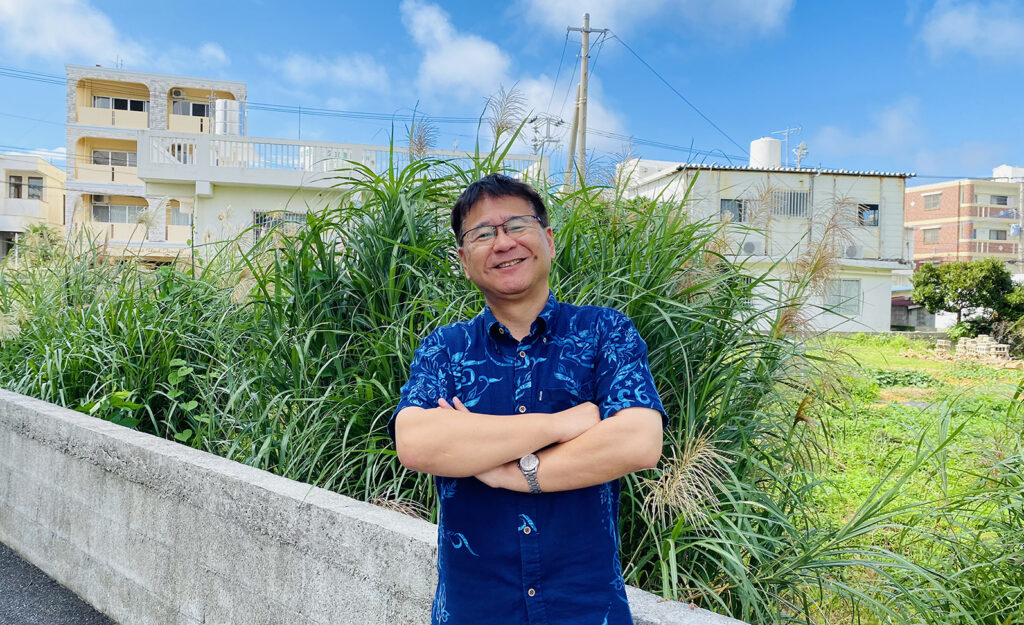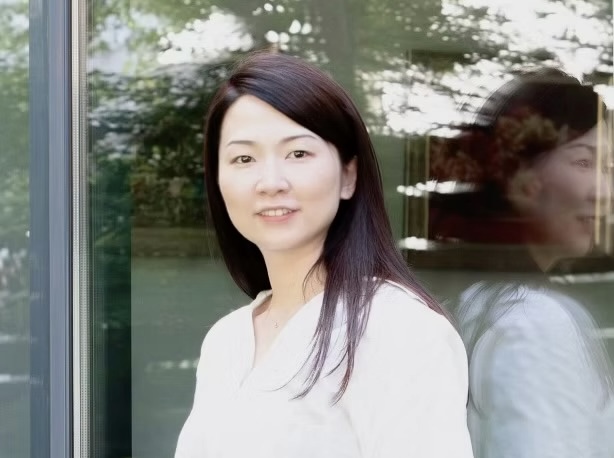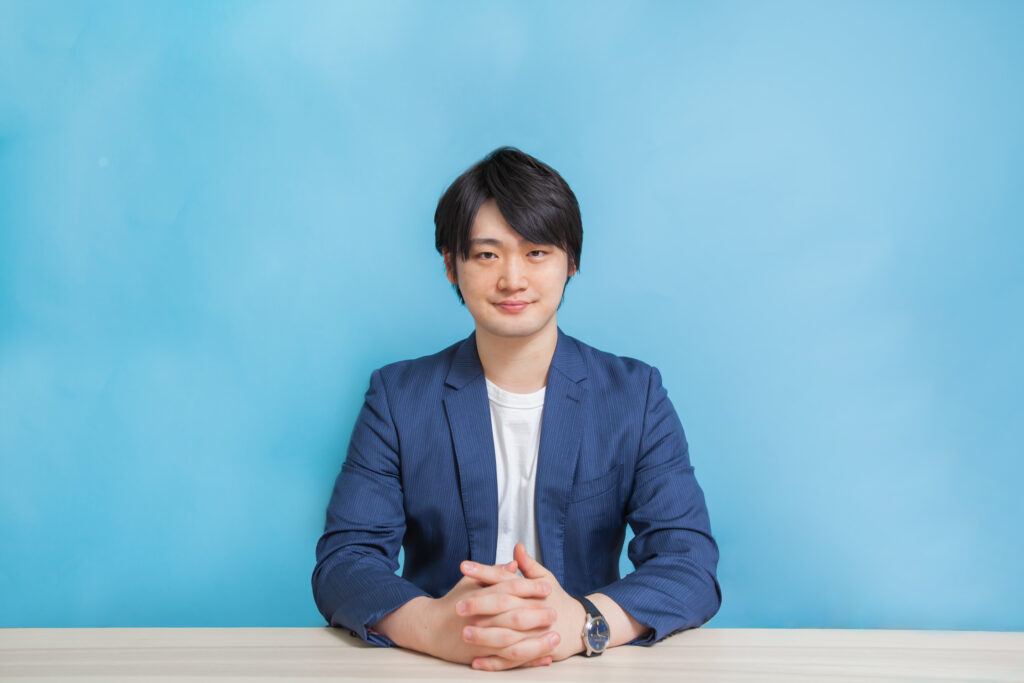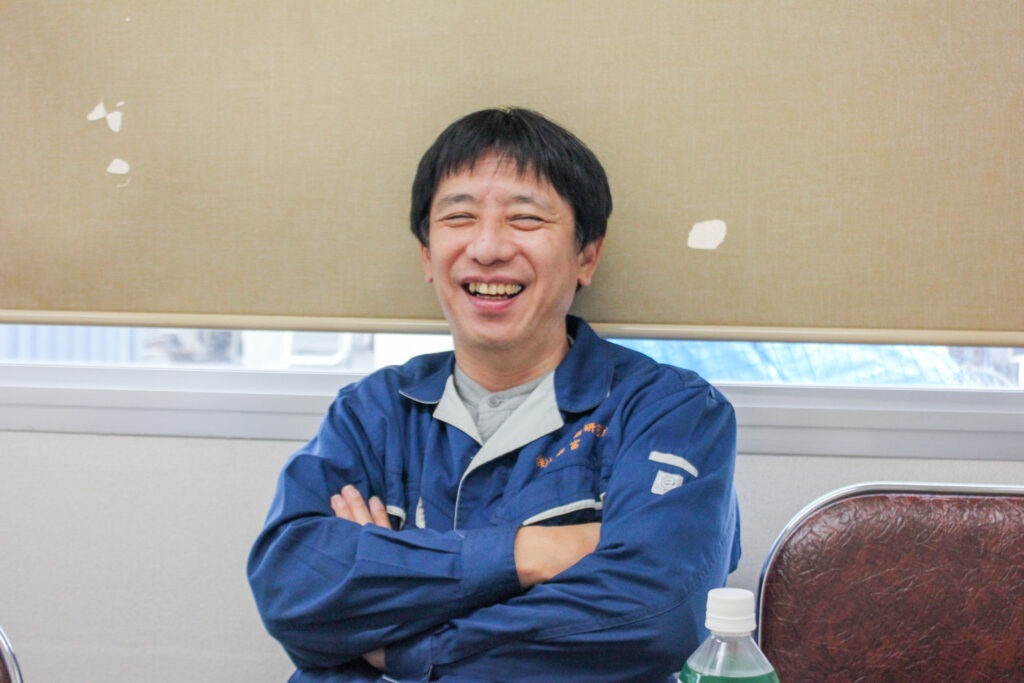The definition of a startup, ‘creating unprecedented innovation and building a new business model,’ usually conjures images of innovations that leverage IT technology or create previously non-existent appliances or values. So, what would you think of when you hear of a concrete startup? The innovative concrete developed by HPC Okinawa Corporation will undoubtedly change society and significantly impact the global environment.
We spoke with Masaki Ahagon, the CEO. He is a structural engineer who designs building foundations and frameworks and founded HPC Okinawa Corporation in 2014.
Challenging Norms
A New Era of Concrete Born in Okinawa
Conventional wisdom says that concrete needs thickness and cannot be made thin. This is because the salt and carbon dioxide in rain and wind compromise its strength, erode the surface, and rust and swell the steel reinforcement inside. This results in concrete fracture, where the concrete cracks and breaks. To prevent fracture and extend its lifespan, thickening the concrete around the steel reinforcement is necessary, inevitably weighing down the concrete.
“Hybrid Prestressed Concrete (HPC),” developed by HPC Okinawa Corporation, breaks such conventional wisdom. Instead of steel reinforcement, it uses carbon wire, and polypropylene short fibers are mixed into the concrete for further reinforcement. It does not use steel reinforcement, so it won’t rust and can be manufactured using seawater as a mixing water. Most importantly, it can be made as thin as 38mm while maintaining strength and can be bent into shape. It is a groundbreaking building material.
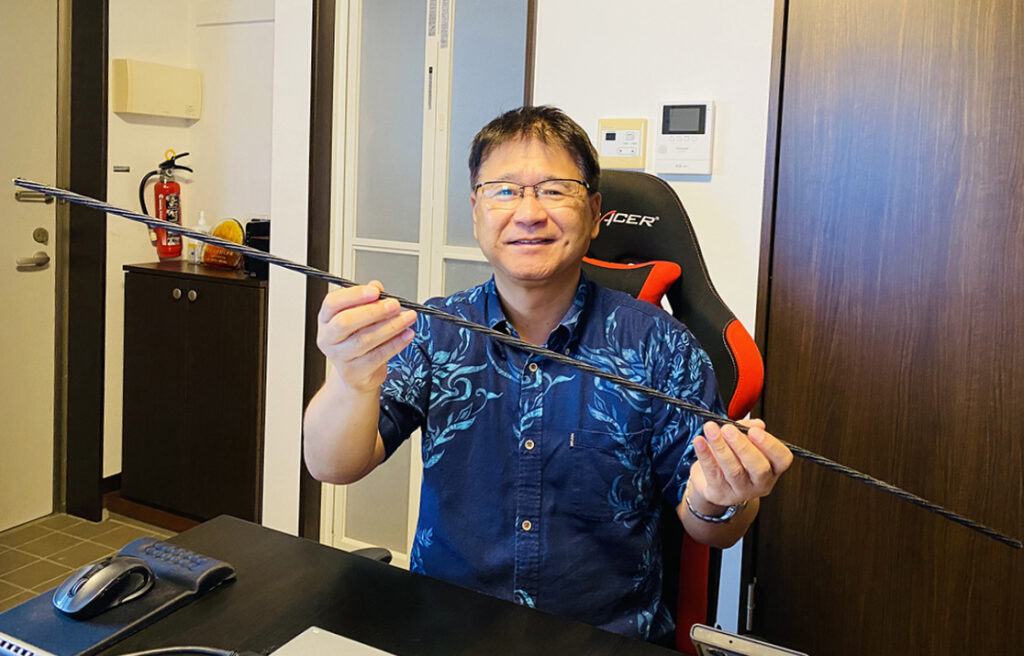
Buildings using HPC are increasing, primarily in public facilities in Okinawa Prefecture. It’s also used in commercial facilities in the Tokyo and Kansai regions. Considering its thinness, lightness, perforation capability, bendability, and strength, it can erect buildings with intricate designs. In January 2023, it won the Japanese Minister of Economy, Trade and Industry Award at the “Monozukuri Japan Awards.”
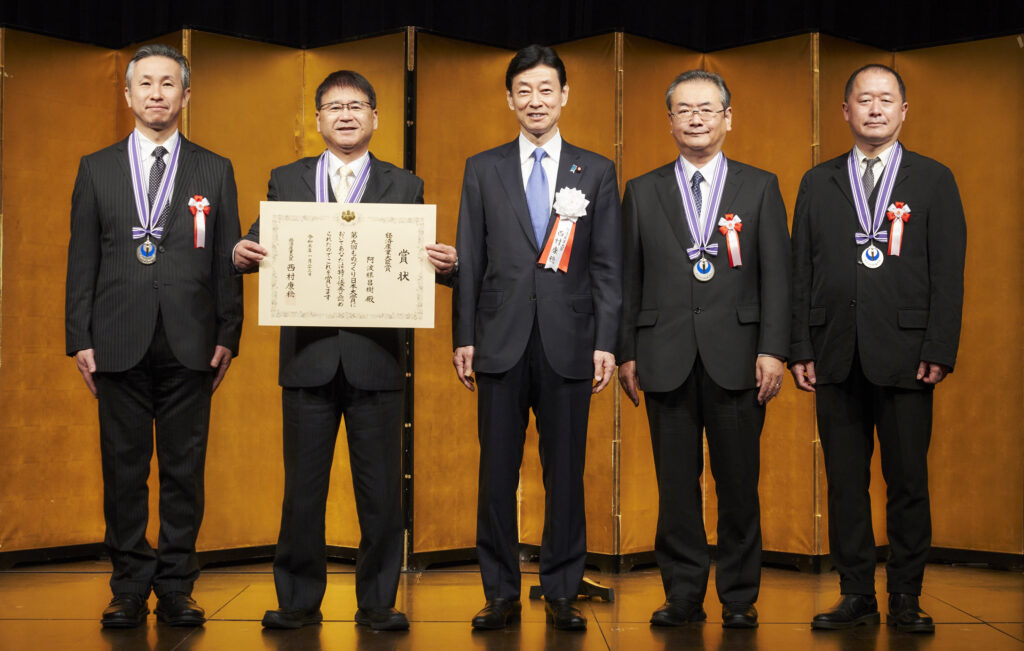
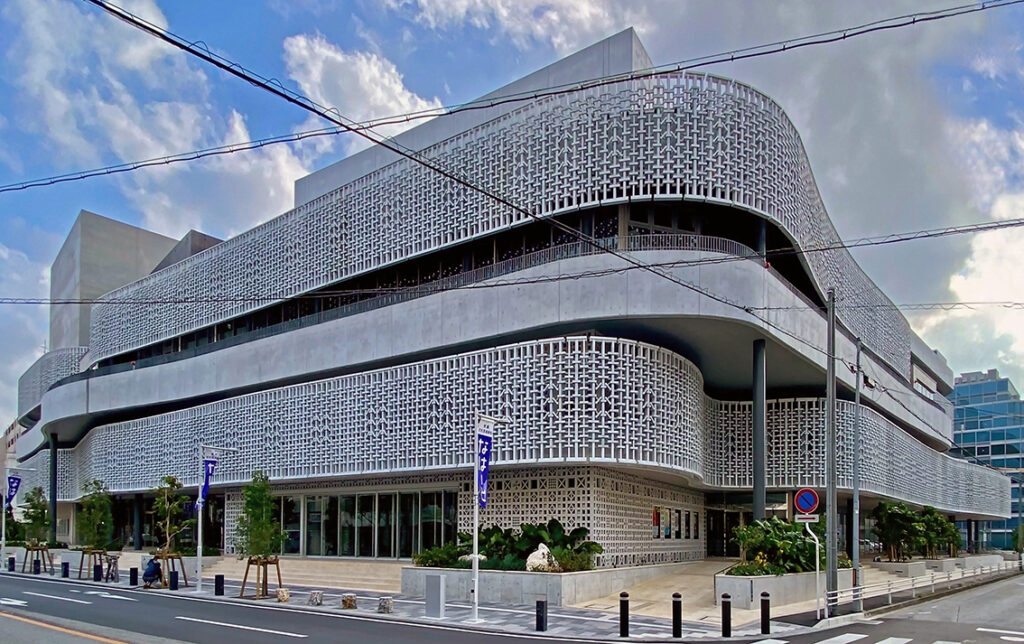
Commercializing and adding high value to an existing technology
An unrivaled product despite its high cost
HPC came to be thanks to consultation from his peers. Ahagon, a structural engineer, was consulted about whether prestressed concrete, commonly used in large-scale public construction projects, could be used for private homes. In another instance, he was asked if it was possible to create earthquake-resistant and aesthetically pleasing concrete products as alternatives to the perforated concrete blocks (commonly known as “flower blocks”) that adorn the streets of Okinawa.
“These consultations inspired me to make beautiful, thin concrete, so I researched building materials from around the globe. However, I couldn’t find anything thin enough to be perforated. So I thought, if it doesn’t exist, we can make and patent it, right?” he laughs.
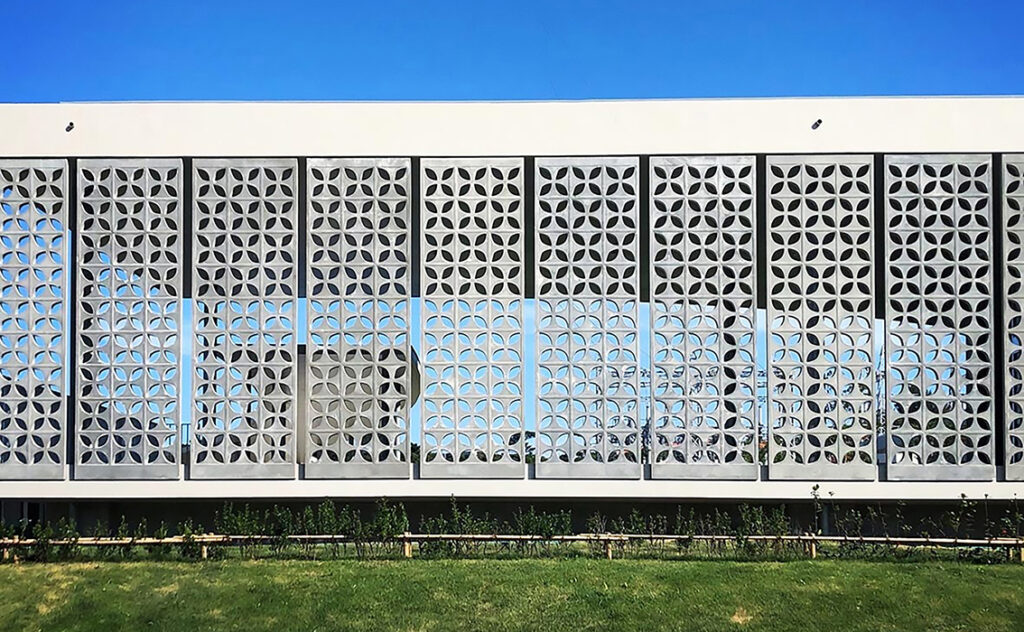
HPC minimizes concrete degradation and allows light to pass through the perforated holes while providing adequate shading. “It’s often said that this idea came about because of the severe salt damage and intense sunlight in Okinawa,” says Ahagon, an Okinawan native. However, the technology was familiar, such as utilizing carbon wire instead of steel reinforcement and incorporating polypropylene fibers.
“In the field of concrete development, using carbon wire and mixing fibers has already been thoroughly studied at universities and research facilities. However, these technologies have not been commercialized due to cost increases.”
Ahagon adapted this technology through trial and error, eventually creating concrete slabs. By making them “thin, light, strong, and perforation-capable,” he increased the product’s value. In 2015, he obtained a domestic patent, and the company currently focuses on development, intellectual property, and consulting services. It does not have a factory but has entered into royalty agreements with several factories.
The Dilemma of Startup Innovation
The Barrier of Achievements and Legal Barriers
When asked if he had faced difficulty throughout the process, Ahagon exclaims, “It was a challenging mountain to climb both in development and implementation! It still is!”
“Startups encounter the ‘dilemma of innovation’ because there are no precedents. This is because the Japanese government and the private sector are achievement-oriented. Although Okinawa embraces new things and has an understanding culture, typically, no one will adopt new innovations without a track record.”
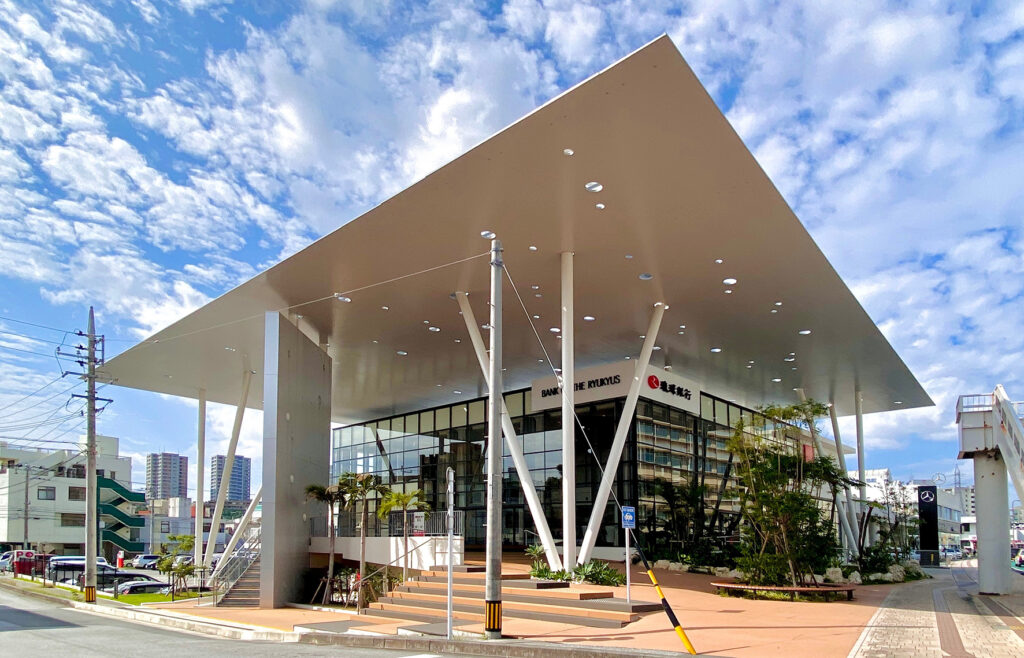
A breakthrough came with the redevelopment project of the Asahibashi Bus Terminal in Naha City, which became the first project in the prefecture to adopt HPC. Ahagon participated in the project as a Value Engineering (VE) consultant and was tasked with further cost reductions within a tight budget. He proposed reducing costs by lightening the façade using HPC, thereby reducing the costs of pillars, beams, and foundations, which led to its adoption. Building on the success of this project, the company won numerous construction competitions, including the Tomigusuku City Hall and the Ryukyu Bank Makiminato Branch, accumulating achievements to this day.
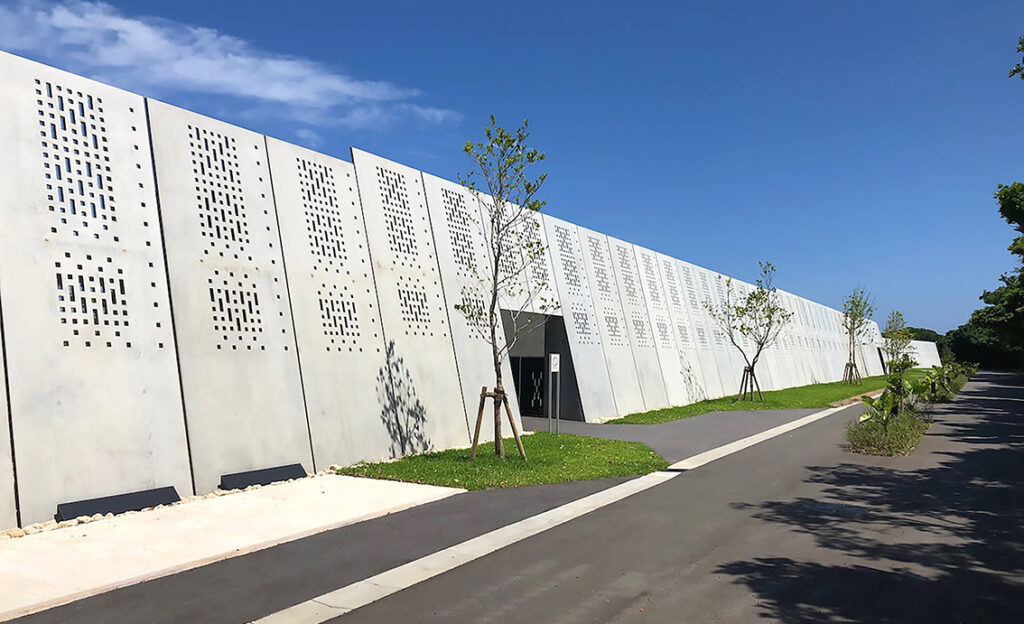
“We also faced challenges when introducing our product to the overseas market. For example, in Indian law, concrete is defined as something ‘using steel reinforcement,’ so HPC doesn’t fit that definition. But this dilemma of innovation is an opportunity. New things will prompt changes in the laws. That’s how we navigate through difficulties, resolving the dilemma of innovation, and it’s an adventure to be enjoyed,” says Ahagon cheerfully.
Achieving decarbonization with second-generation HPC
Building the coastal city he dreamed of in childhood
HPC has already transitioned from the first generation, which focused on architectural design, to the second generation, which aims to achieve decarbonization and a low-carbon society.
“HPC is a solution-based business. By incorporating CO2 fixed through high-speed carbonization technology into HPC as part of the material, we can create buildings that store CO2 and essentially ‘green’ the city. The Japanese government will likely impose taxes based on the amount of CO2 emissions from construction. Therefore, material selection will become crucial for clients, which will also become our business opportunity.”
When asked about future aspirations and last comments, Ahagon answered without hesitation, “Marine architecture and blue carbon!” He still remembers his fascination when he repeatedly visited the Okinawa Ocean Expo (1975) in elementary school and became fascinated with the “Mitsubishi Future Pavilion,” where he rode gondolas to explore underwater cities.
“Now that I’m an adult, underwater cities still haven’t become a reality. Although that dream is fading, we’ve been able to develop HPC using seawater, so it may become the catalyst for creating underwater cities.”
For example, the proliferation of data centers due to the spread of AI can be built underwater. To cool down the facilities, they can utilize seawater to release heat without emitting CO2 or generating energy. Or, enormous jungle gyms with HPC can serve as a base for seaweed beds, enriching the ocean while making playful setups like theme parks. Of course, since HPC can sequester carbon, this can lead to carbon-neutral or even carbon-negative outcomes.
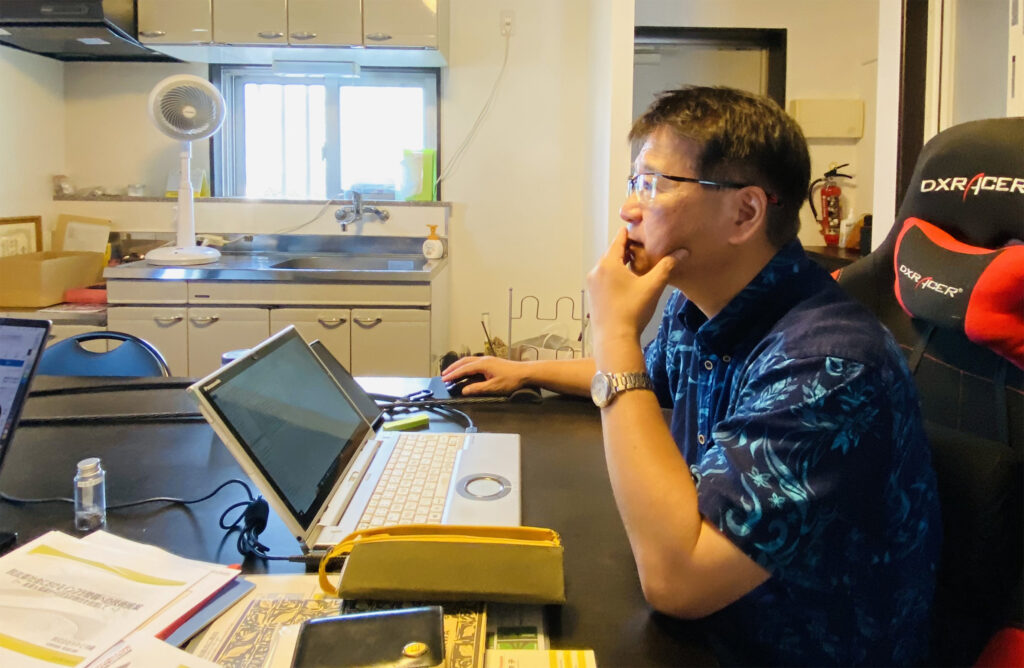
Once a young boy dreaming of the future at the Ocean Expo, as an adult, his concrete HPC is adopted for a pavilion produced by the anime creator and producer Masaharu Kawamori at the 2025 Osaka Kansai Expo. This time, it’s his turn to show the world a new dream for the future.
Interview and Japanese Text by Nanako Narabayashi

